A farmer's view of Storm Arwen:'I surveyed the shattered wreckage of a wood I remember planting with my father one school holidays'
Jamie Blackett's dispatches from Storm Arwen and the havoc it wreaked.
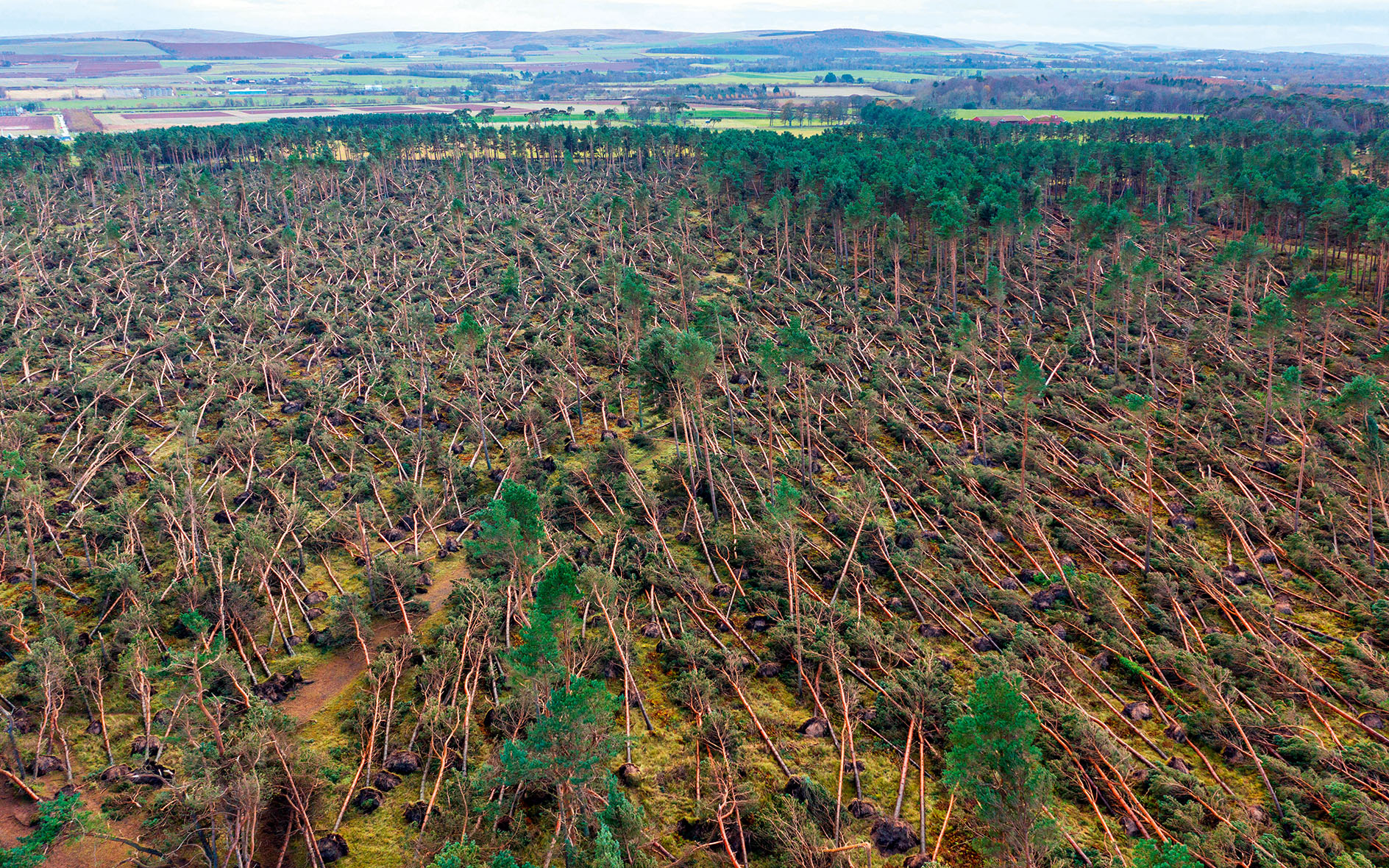

As soon as I heard the name, I had a sense of foreboding. I don’t know any Arwens and, not having read any Tolkien since prep school, I had forgotten Aragorn’s wife. If asked to picture one, I would have visualised not an elf-maiden, but a tiresome Celtic separatist with militant vegan tendencies. I suppose the people who name storms have to come up with something provocative; we would hardly be likely to ‘avoid inessential travel’ for a Julian or an Emily.
I was caught napping by the BBC issuing severe weather warnings for the Aberdeenshire coast, diametrically remote from us in Galloway. It was only when I ventured up the drive and saw several trees across it that I realised what we were up against. Our trees were wrong-footed as well. Braced against our usual sou’wester and still golden with leaf, they were as surprised as General Percival’s Singapore garrison when the enemy came from the wrong direction, Arwen’s cold north wind barrelling through the woods. Contrary to the prevailing narrative in the media, we have not had as many storms here lately as we did a few decades ago and this was the biggest test of our woods’ resilience for about 20 years.
I romanticised storms as artillery bombardments until I read A Distant Drum, one of my favourite military histories. There is a passage about the author, Captain Jocelyn Pereira, sheltering in the cellar of a bombed-out house in Holland with my grandfather and a bottle of whisky during an intense German ‘stonk’ and then my grandfather going out into the night to ‘inspect the damage’ around his company position. It helps to put things in perspective to be reminded that a few uprooted trees are a petty vicissitude in the greater scheme of things and certainly don’t compare with a battlefield strewn with dead and dying soldiers.
Nevertheless, I do anthropomorphise our trees and, as I surveyed the shattered wreckage of a wood I remember planting with my father one school holidays, I mourned a promising young oak I had been pruning every few years, now cruelly slain before its prime. The larches are also hard losses to bear, as they cannot easily be replaced now that the deadly phytophthora is endemic in south-west Scotland.
"For all the long-term planning of the forester, man proposes, but Nature disposes."
The gale had probed the woods’ defences and unleashed the full fury of its blitzkrieg wherever it detected a gap. Some trees had paid the price simply for being in the wrong place at the wrong time. I can see where the wind must have been funnelled along the face of the black strip, until it hit a right angle where it reaches the policies. There, it had smashed through the corner, ripping branches off a holly and toppling a large beech onto an adjacent oak. Both now lie there in the eerie silence of the storm’s aftermath, a jumble of mangled limbs entwined in a deadly embrace.
The storm contributed to the debate about whether ivy is harmful to trees, as it assuredly is to masonry. I tend to look benignly on ivy with its important habitat and nectar source — unless it is weighing down an overhanging branch — as a plant that has a helpful symbiosis with many trees. And, counterintuitively perhaps, the trees that survived tended to be those with the most ivy on them, possibly because the extra root power had helped to anchor them.
An ecological mindset helps to rationalise the losses. The now hideously disfigured old elm by the cattle grid and the newly limbless lime in the park will, in time, provide nesting habitat for owls, bats and woodpeckers in new cavities. The light will get into the glades and create the conditions for saplings to emerge. For all the long-term planning of the forester, man proposes, but Nature disposes.
Sign up for the Country Life Newsletter
Exquisite houses, the beauty of Nature, and how to get the most from your life, straight to your inbox.
As the initial shock subsides, and now that electricity has finally been restored, there is time to appreciate the beauty of winter in all its rawness. Autumn foliage suddenly seems a distant memory. A tawny owl can be seen blinking in surprise on a branch. A party of long-tailed tits arrives outside the kitchen window to breakfast at a bird feeder. The Solway has been transformed into an angry slate-grey ocean, with white horses picked out in gold by a diffident winter sun. The dairy paddocks are covered with curlews, peewits and oystercatchers driven in by the tide, feeding hungrily to keep their strength up.
Spring 2021 was the coldest of my lifetime, and now we have had more frosts this winter already than we do most years. The cold is invigorating and I am more excited than ever about Christmas by a crackling log fire.
Jamie Blackett farms in Dumfriesshire and is author of ‘Red Rag to a Bull, Rural Life in an Urban Age’.
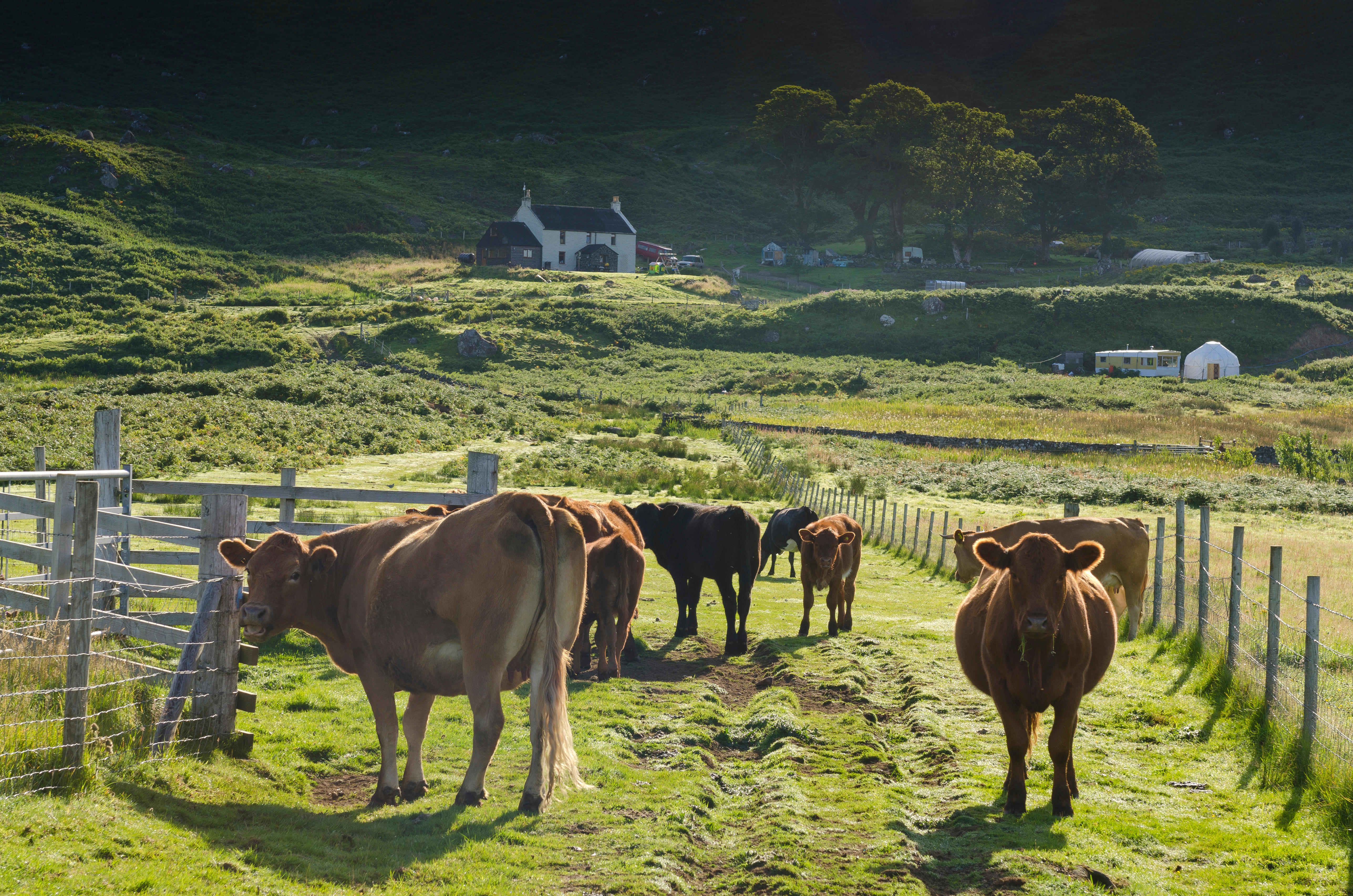
How farming has fallen from 'no finer investment' to fighting for its future
Jamie Blackett defends livestock farming on the urban media trail in the wake of 'Veganuary'.
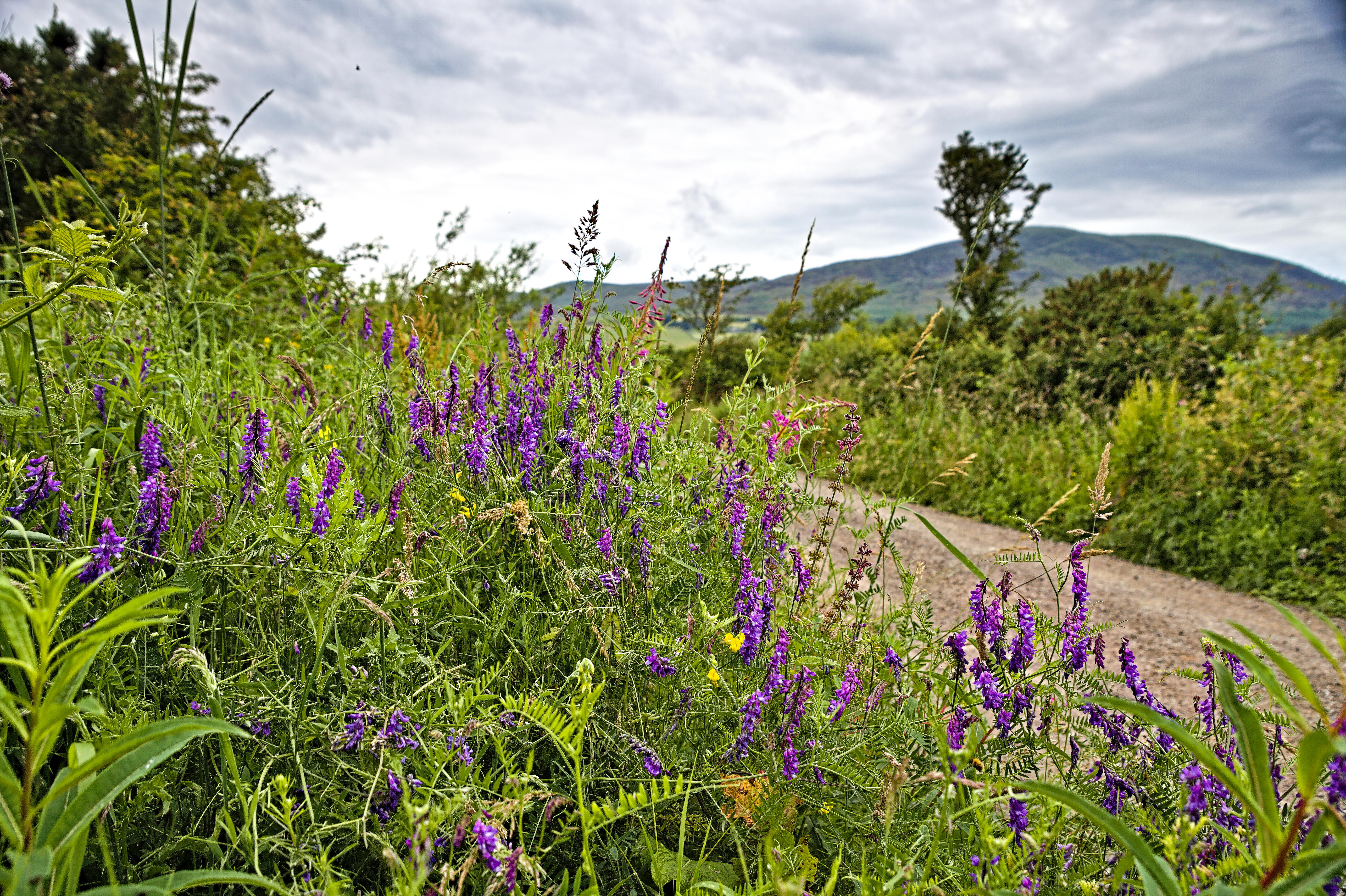
Why 'the agricultural counter-revolution is being driven by farmers on the ground'
Jamie Blackett's tour of British farms reaches Holkham, wellspring of the agricultural revolution.
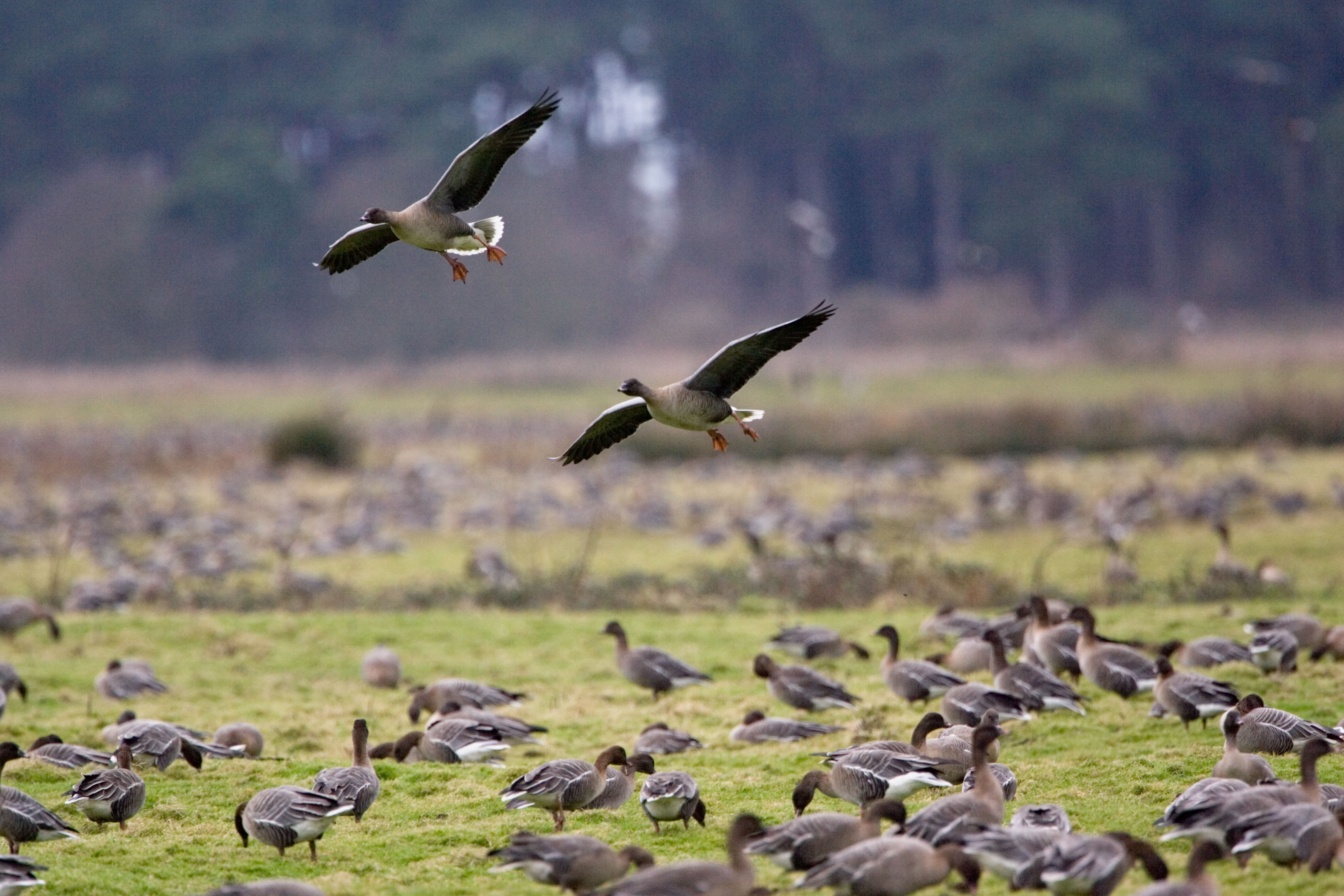
Credit: Alamy Stock Photo
The problem with geese: A farmer's nuisance, but a musician's dream
These avian visitors are a nuisance when they eat all the grass, but winters would be bleaker without their music.
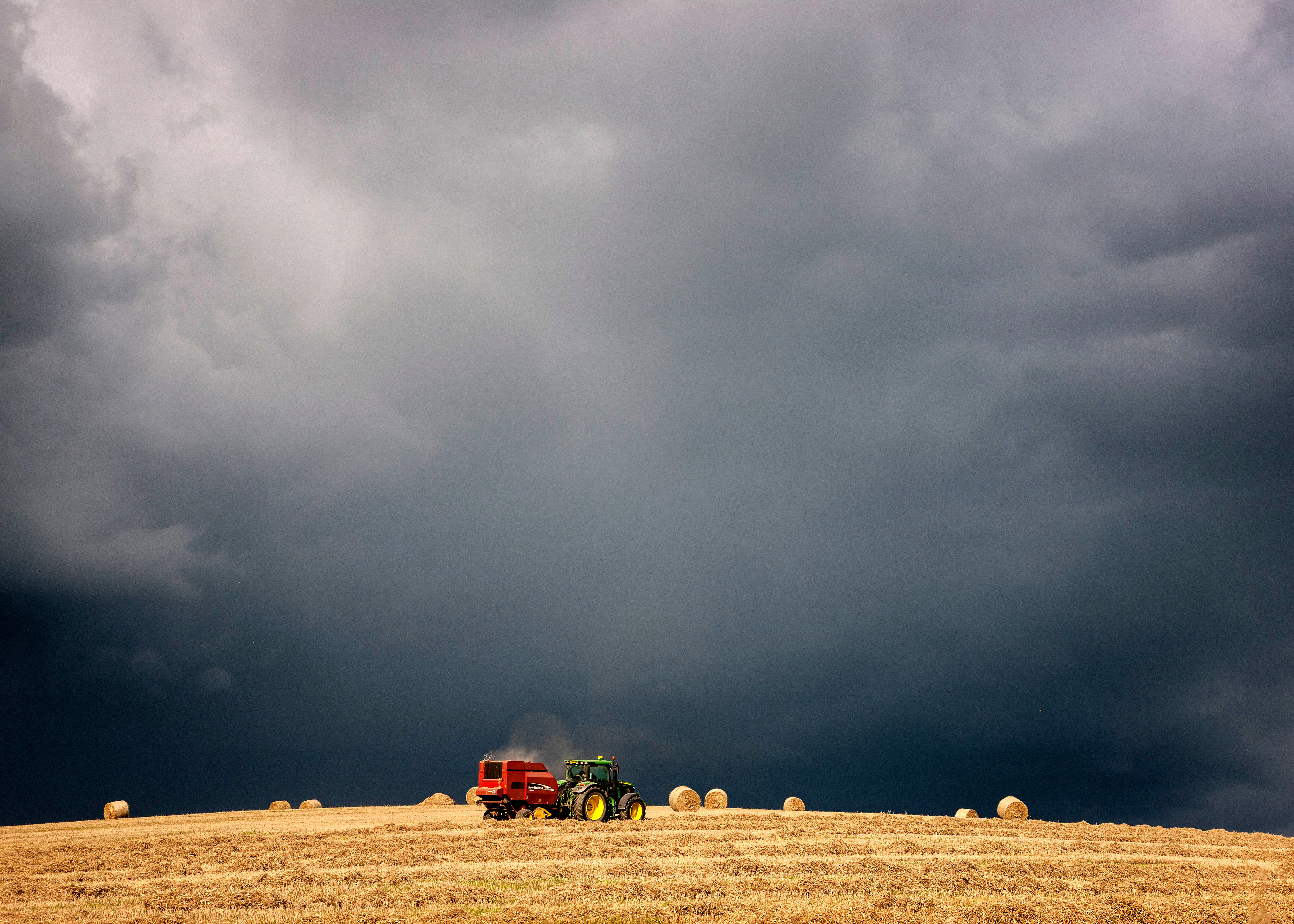
Credit: Alamy Stock Photo
A mixed farm in Scotland where Mother Nature does her own thing
A new monthly column by Jamie Blackett tells us about the vicissitudes of life on a mixed farm in Scotland.
Country Life is unlike any other magazine: the only glossy weekly on the newsstand and the only magazine that has been guest-edited by HRH The King not once, but twice. It is a celebration of modern rural life and all its diverse joys and pleasures — that was first published in Queen Victoria's Diamond Jubilee year. Our eclectic mixture of witty and informative content — from the most up-to-date property news and commentary and a coveted glimpse inside some of the UK's best houses and gardens, to gardening, the arts and interior design, written by experts in their field — still cannot be found in print or online, anywhere else.
-
 Six rural properties with space, charm and endless views, as seen in Country Life
Six rural properties with space, charm and endless views, as seen in Country LifeWe take a look at some of the best houses to come to the market via Country Life in the past week.
By Toby Keel
-
 Exploring the countryside is essential for our wellbeing, but Right to Roam is going backwards
Exploring the countryside is essential for our wellbeing, but Right to Roam is going backwardsCampaigners in England often point to Scotland as an example of how brilliantly Right to Roam works, but it's not all it's cracked up to be, says Patrick Galbraith.
By Patrick Galbraith